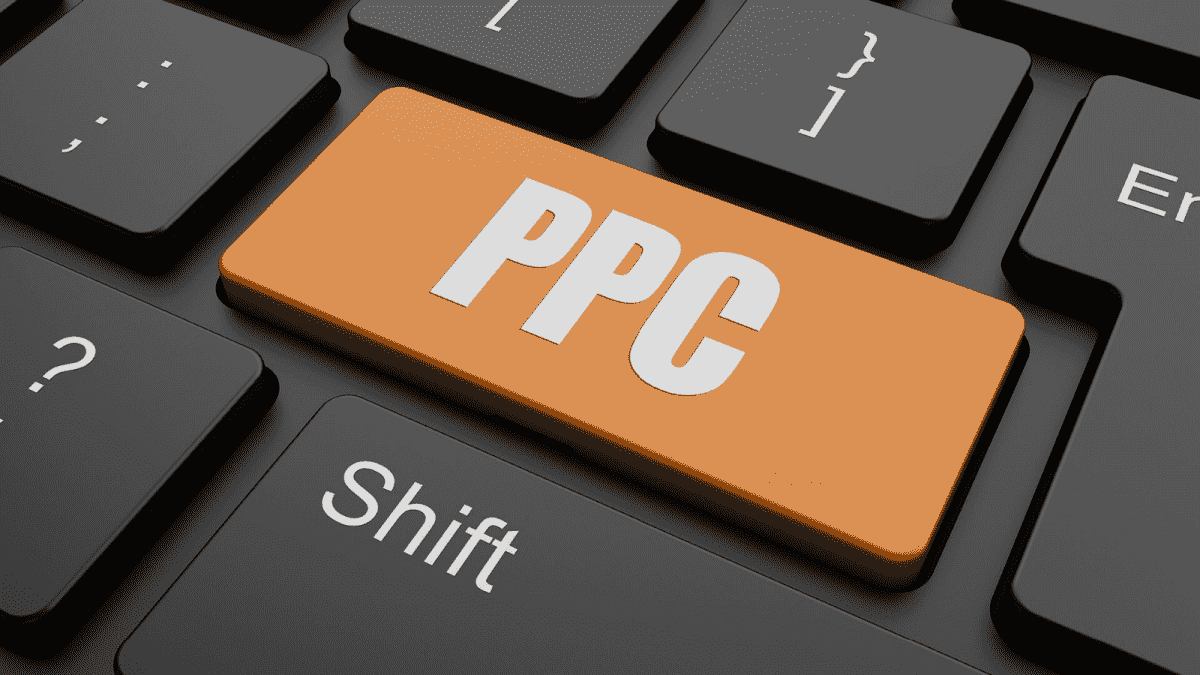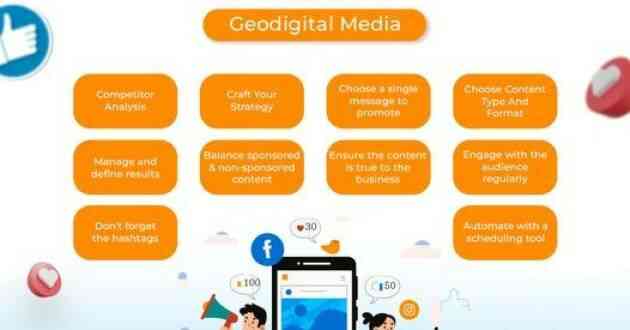How To Implement Pay-per-click The Right Way
- - Category: Business Ideas
- - 14 Jun, 2021
- - Views: 553
- Save

Pay-per-click advertising is a fascinating topic and a hot topic in modern marketing. It encompasses marketing strategy,
The joy of using pay-per-click marketing as a medium to generate more traffic to your website is the ability to lead the traffic to convert into sales. PPC (pay-per-click) marketing is one method business owners use to connect directly to their potential customers. PPC helps you generate traffic to your blog by paying a small amount instead of gaining the traffic through organic means.
There are two methods to drive traffic to a website: search engine optimization (SEO), which is the organic means, and there is PPC, using paid means. The advantage of PPC over SEO is that you are likely to get quick results paid traffic if you can master it early. Though SEO marketing is excellent, it seems to take a long while to yield effect.
The primary purpose of every website is to rank higher on search engine pages. If you have read some of our previous blogs, you will understand that people on search engines get almost all the information they need from the first page of SERPs. To be more accurate, they get what they are looking for from the first-five ranked websites.
Thus, website owners must strive to get their websites one of the top-five ranked websites on search engines. If SEO marketing takes too long, the best bet is PPC because it does not particularly respect the algorithm search engines place on SEO marketing.
How do Pay-Per-Click works?
Let’s check out the brief explanation of how PPC works. PPC marketing is a way of paying a certain fee any time a potential customer clicks on any of your ads. It is that simple and straightforward! PPC marketing is more concerned about allowing people to take any action on your website. Business owners usually use it when they want customers to buy a product or signup for your email list.
The advantage of PPC marketing is that you can reach a new audience you know nothing about or have no idea about your product or services. PPC helps you to grow your customer base and also generate more leads at a low price.
How to set up PPC marketing campaigns?
There is no benefit in digital marketing without knowing how to set up your campaigns properly. The essential thing about pay-per-click is that you can implement it in the right way. Let’s quickly go through some of the steps you can follow to implement PPC correctly;
1. Identify the PPC platform you want to run your PPC campaign
The first step in setting up a PPC campaign is choosing the platform you want to run your PPC ads. The most popular platform is Google Adwords, but there are other platforms available. Platforms such as Facebook ads, LinkedIn Ads, and Bing ads also work excellently well. However, Google Adwords is an excellent place to start before you move to another platform.
The rule is that you should first master one platform to understand the basics of PPC advertising and how it works before you move to another. Create an account with the platform of your choice, and get started.
2. Do Keyword Research
If you want to run a successful PPC campaign that will yield excellent results, keywords are essential. You cannot overemphasize the importance of keyword research. There is no other way to connect yourself directly to your potential customers without keywords. The primary purpose of keyword research is to give you an idea of what your customers are searching for on the web.
In this case, use different keyword research tools to find new keyword ideas. Use your head keyword to get the new ideas that you will use in drafting your ad copies. Keyword research tools like Google Keyword Planner are exciting to use, especially if you try to implement Google Adwords PPC.
Google Keyword Planner will also help you determine the cost-per-click, search volume, and competition for each keyword. This insight is necessary to know the best keywords to use for your ad copies.
3. Write Valuable and Relevant ad Content
Once you have generated your keyword list, the next step is to use the keywords to write relevant and valuable ad content that is catchy and informative. You have to ensure you draft ad copies that will convert customers. Understand the intent of customers, and use it to your advantage.
You can also write different ad copies for various campaigns to see which one will convert best. You have to try other campaigns to understand what works. It will take some time, but it will be worth the effort.
4. Link ads to Relevant Landing Pages
One of the mistakes PPC advertisers make is to link their ads directly to their home page. Advertisers need to understand that almost everyone is lazy, and they have to link their ads directly to the page they want the customers to see. If you want a customer to buy a phone, the ideal thing to do is link the ad to the page to purchase it directly.
A customer will most likely leave your website if he immediately doesn’t see what he wants to see. Also, add call-to-action to your ads and the relevant landing pages. It is a way of allowing the customers to have a smoother ride.
5. Explore Different Means of Ads
The world is moving, and as a result of the ongoing pandemic, things are changing. Don’t solely focus on text ads. Try to explore other means of displaying your ads. Use display ads and video ads. You never can tell what works for your niche.
6. Manage your PPC Campaigns
An advantage PPC marketing gives is that it allows for measurement and monitoring. You can measure your clicks, views, and interactions, and you can delete any ad that is not performing up to expectation, or you can adjust it accordingly. While monitoring your ads, try to give it some time, start slow and then expand from there.
Conclusion
PPC marketing is one of the various ways to drive traffic to a website. It is ideal if you learn how to implement it properly. The first thing to do is to choose the platform you want to use for your PPC Campaigns. Google Adwords is an excellent place to start. After that, do keyword research to find the best keywords to connect you directly to your customers.
Keywords will not be valuable if you don’t write catchy and attractive ad copies. Ensure your ad content is useful and relevant. Another thing is that you have to link your ads to relevant landing pages. If you have read this blog, you will understand the steps you need to take.


